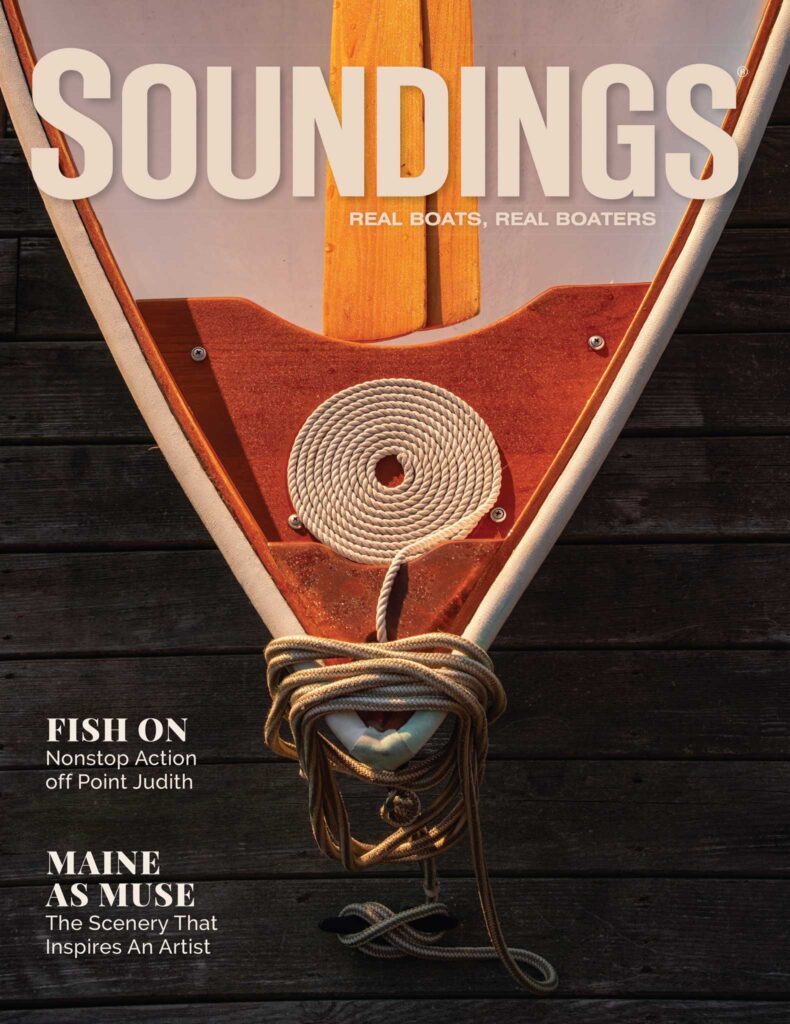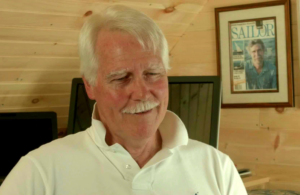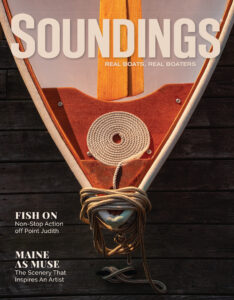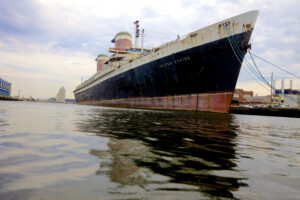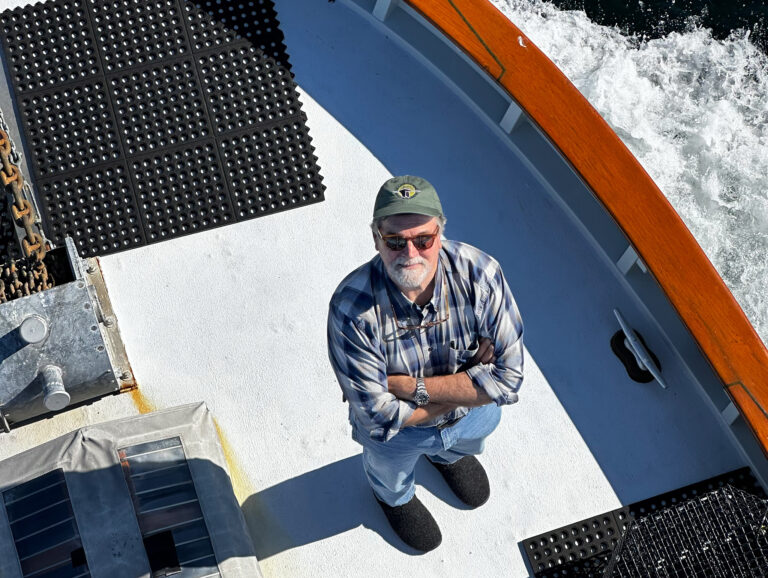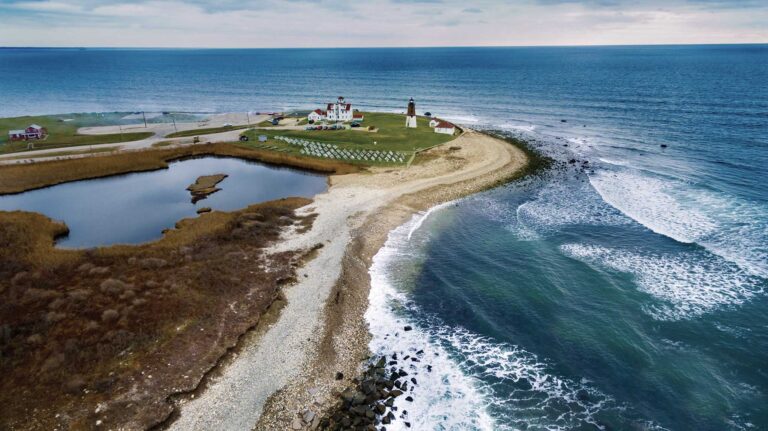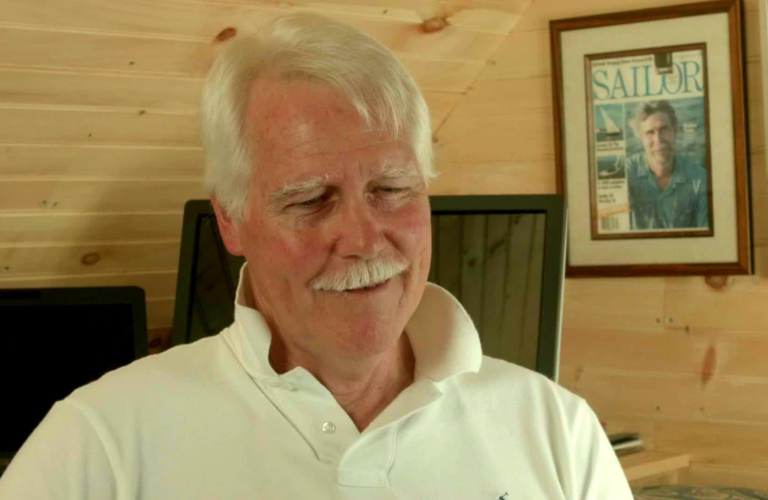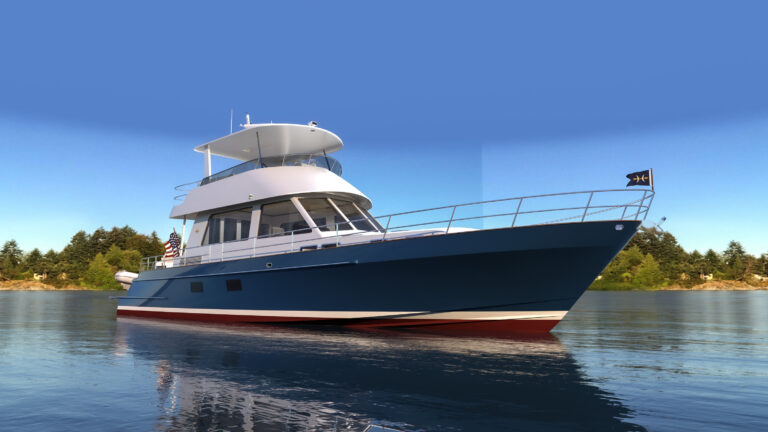When founder Jerry Wood began the Annapolis Sailing School 50 years ago, he based it around one fundamental idea: fun.
“Jerry realized a long time ago that it has to be fun,” says Tim Dowling, the school’s president. “Sailing is really a lifestyle. Anyone can read a book on it, but if you don’t enjoy it while you’re out there doing it, you’re not going to continue to do it.”

With the school celebrating its golden anniversary this year, Wood’s theory has clearly been proven successful. Since 1959 roughly 250,000 people have learned to sail at the school, according to Dowling, who has found it an integral part of his own life.
“I have been involved with the school for 29 years,” says Dowling, 44. “They hired me at 15 to start teaching and all through college and high school I kept coming back here. I’m truly blessed to do what I love for a living.”
After Wood died in February 2003, his wife, Kathy, continued to run the school until her death in 2005. Since they had no children or heirs, Dowling purchased the company and became the official owner in July 2006.
The school began in 1959 when people began asking Wood if they could rent out the 10-foot plywood Tornado catamaran that was his father’s, as well as his small plywood Raven sailing dinghy, according to Rick Franke, 66, general manager emeritus.
Dowling says there was no formal sailing instruction back then. People who knew how to sail had either learned as a child, in a sailing club, or from a friend.
“This was before fiberglass became common,” says Franke. “Jerry quickly realized that the catamaran was too fast for people and Raven was too small, so he commissioned Olin Stephens of Sparkman & Stephens to build a fiberglass training sailboat for him.”
Wood told Stephens he wanted a boat that was smaller than 26 feet without power, a draw of no more than 3 feet, and something that could “get four drunks through the Chesapeake Bay.”
“That was a direct quote from Jerry,” says Franke. “He needed it to be smaller than 26 feet because, according to Maryland law, any unpowered boat under that length would not need to be numbered.”
In 1961, Stephens produced the 24-foot Rainbow sloop, which is still the introduction vessel for beginner sailors at the school today. The Rainbow combines the two important factors of any training boat: safety and comfort. The vessel can have four adults in the cockpit and still provide for leg room, and the simple rig cuts down on the clutter and gear in the cockpit, according to Dowling.

“It is in my mind the best high-tech beginner’s boat out there,” says Dowling. “And they are indestructible. These boats can take abuse.”

Within six years, Wood had acquired two acres of waterfront land along Chesapeake Bay, where the sailing school still stands at 7001 Bembe Beach Road. Franke, who began to work at the school part-time in 1968 and became general manager in 1980, says Wood was an integral part of making sailing accessible for anyone.
“He was part of the fiberglass revolution that made small-boating much easier for people,” says Franke. “Jerry was partially responsible for making sailing the everyman sport to the extent that it is today.”
The school owns 15 Rainbows, plus five 26-foot Hunter cruisers for the more advanced students.

Dowling says a good portion of their business also comes from teaching people — most often newcomers — on a range of privately owned boats.
“Our teachers have been on boats from 14 feet to 60 feet,” says Dowling. “We have had students who had bought a boat from the dealership, were given the keys and not given any training on how to use it.”
Part of the challenge is building up students’ confidence that they can learn how to sail, even if they’ve had a bad sailing experience in the past, Dowling says.
“Some people have had maybe a bad time docking and they were embarrassed, so the boat just sits there,” says Dowling. “People get intimidated. We want to get their confidence back.”
The school plans to hold events throughout the year commemorating their anniversary.
“We’re hoping to have a reunion of all the teachers from past years in the summer — maybe over the Fourth of July,” says Dowling. “We’re still planning what we’ll do for the summer.”
For information on courses and events, visit www.annapolissailing.com.
This article originally appeared in the April 2009 issue.

